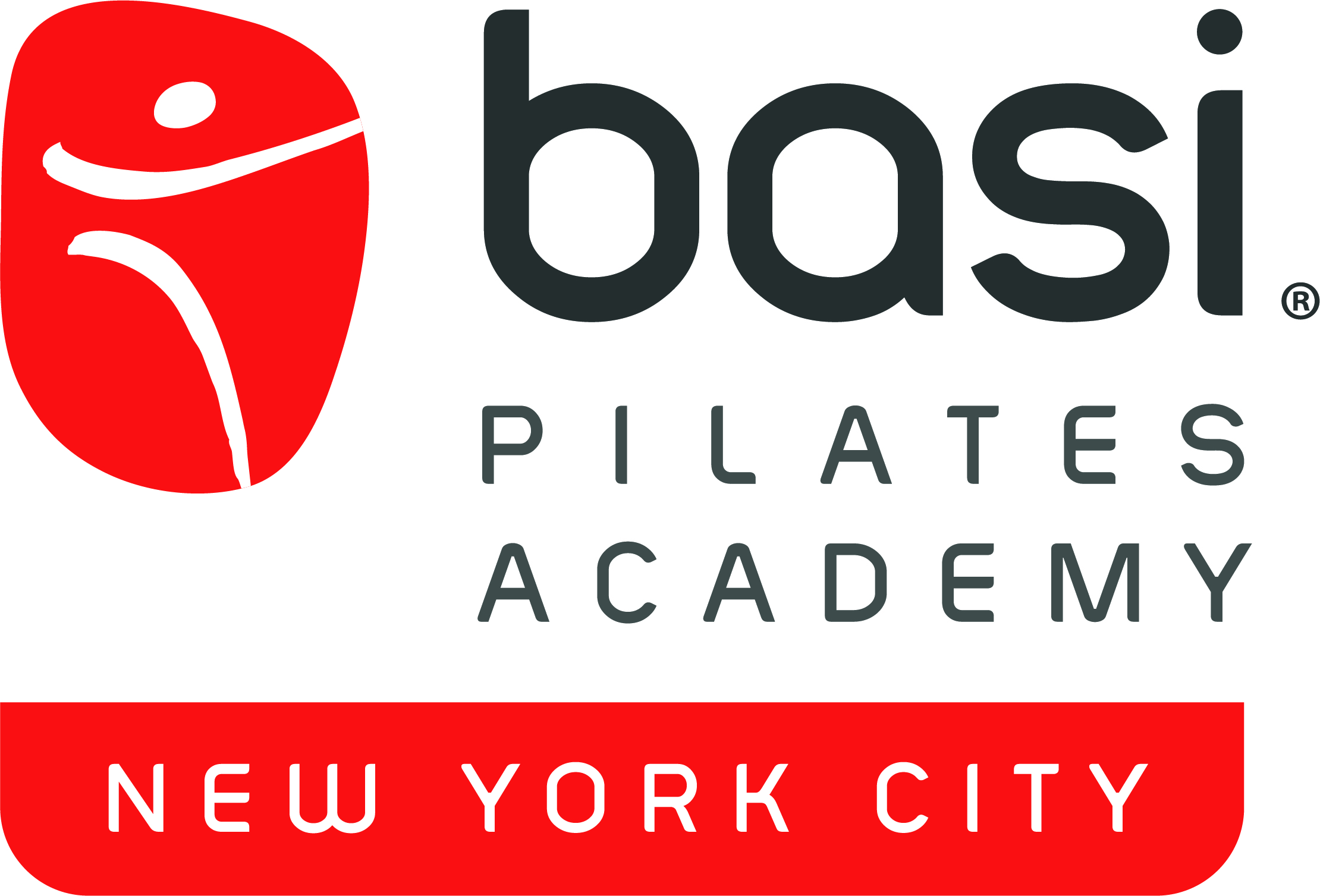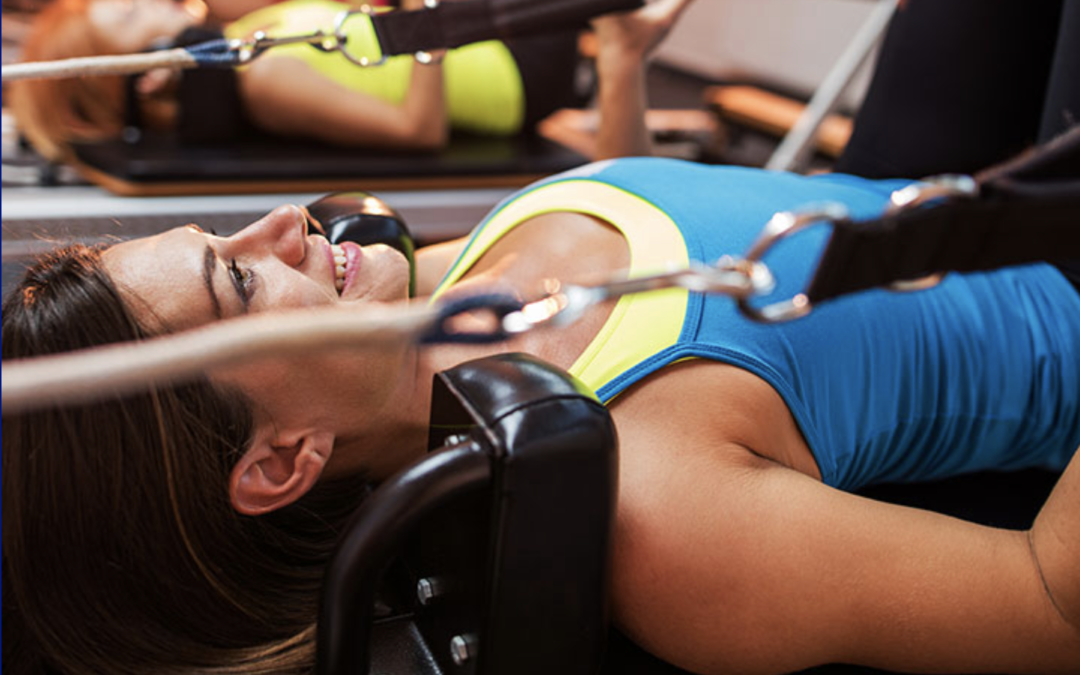Originally posted on weightwatchers.com, written by Alyssa Shaffer.
To get a newfound sense of control over your body, consider trying a Pilates equipment workout with a Reformer or its cousins.
If you’ve never been in a Pilates studio, you might wonder why anyone would spend their time contorting themselves on an array of torturous-looking machines. But if you give the workout a chance, you may be pleasantly surprised with the results.
“Pilates is an exercise method that can apply to all of the movements you do in life,” explains Lynda Salerno Gehrman, Pilates director and founder of Physio Logic Pilates & Movement in New York City. “Its principles lie at the root of all activities and is one of the most effective disciplines you can do to look, feel, and move more efficiently every day.”
And while it’s true that Pilates has become the go-to workout for dancers and models, that doesn’t mean the rest of us should take a pass. “Pilates is a highly effective workout,” maintains Alycea Ungaro, owner of Real Pilates in New York and the author of several books on Pilates. “It’s highly adaptable, and there are so many variations and positions that there’s almost no one who can’t do some form of this movement.” Ready to give it a try? Here’s what to expect when you walk through the door.
Before you begin…
Know the lay of the land. Most Pilates group classes at the gym are done on individual exercise mats (and therefore dubbed “mat classes”), but a Pilates studio will also feature several pieces of equipment that are entirely unique to this type of workout.
Namesake Joseph Pilates first created the exercise program during World War I when he rigged springs to hospital beds to help bedridden patients retain their strength. You’ll find the roots of this invention in the Reformer, the most commonly used Pilates apparatus. Reformers typically use a wooden or metal frame and a sliding platform (aka the carriage) for you to lay, sit, stand, or kneel on; a bar and straps are attached to a series of springs and pulleys that allow you to vary the tension, adding resistance or assistance to each movement. “Most of the exercises on the Reformer offer two-way resistance, which means you’re working against the resistance when you push or pull but then also have to control the movement on the way back,” explains Ungaro.

